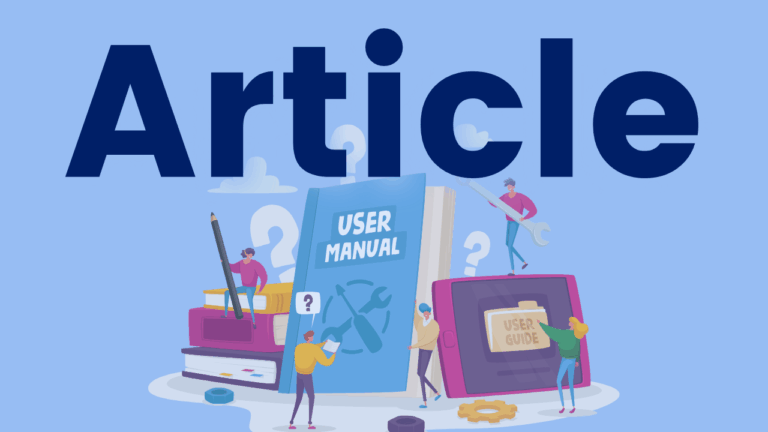Short Vowel Word List
Use this helpful list of words to teach consonant and short vowel grapheme-phoneme correspondences.

Use this helpful list of words to teach consonant and short vowel grapheme-phoneme correspondences.

Phonics instruction should be explicit and systematic – but what exactly does that mean? This article clarifies these commonly used terms.

Expert reading researcher Dr. Reid Lyon highlights key components of reading development, including the role of phonics in this complex process.

Use these desk strips as a visual support for students, as well as a helpful reminder of the strokes for correct letter formation.

This practical guide from Reading Universe is packed with educator tips and resources to teach letter formation.

Download this alphabet card set for your whole class and small group instruction, with helpful letter formation stroke patterns.

In early instruction, many educators wonder if we should teach letter sounds or letter names first. Dr. Timothy Shanahan unpacks this issue.

Reading expert Linda Farrell works with Reese to master the name of every letter. Learning the name of every letter is a critical pre-reading skill.

Put Reading First is a summary of the findings from the Report of the National Reading Panel, summarized in a brief, easy-to-read comprehensive guide to evidence-based reading instruction. Intended for educators and administrators, this guide aims to improve reading outcomes for children in the early grades, summarizing key research findings on phonemic awareness, phonics, fluency,…

Dr. Tim Shanahan clarifies what we know about rhyming in this blog post. Should rhyming be a key component of early reading instruction?

Use this lesson plan to teach students to segment words into their individual phonemes.

This is a lesson plan and student material sheet for a “Say It and Move It” lesson that explicitly teaches students to segment words.